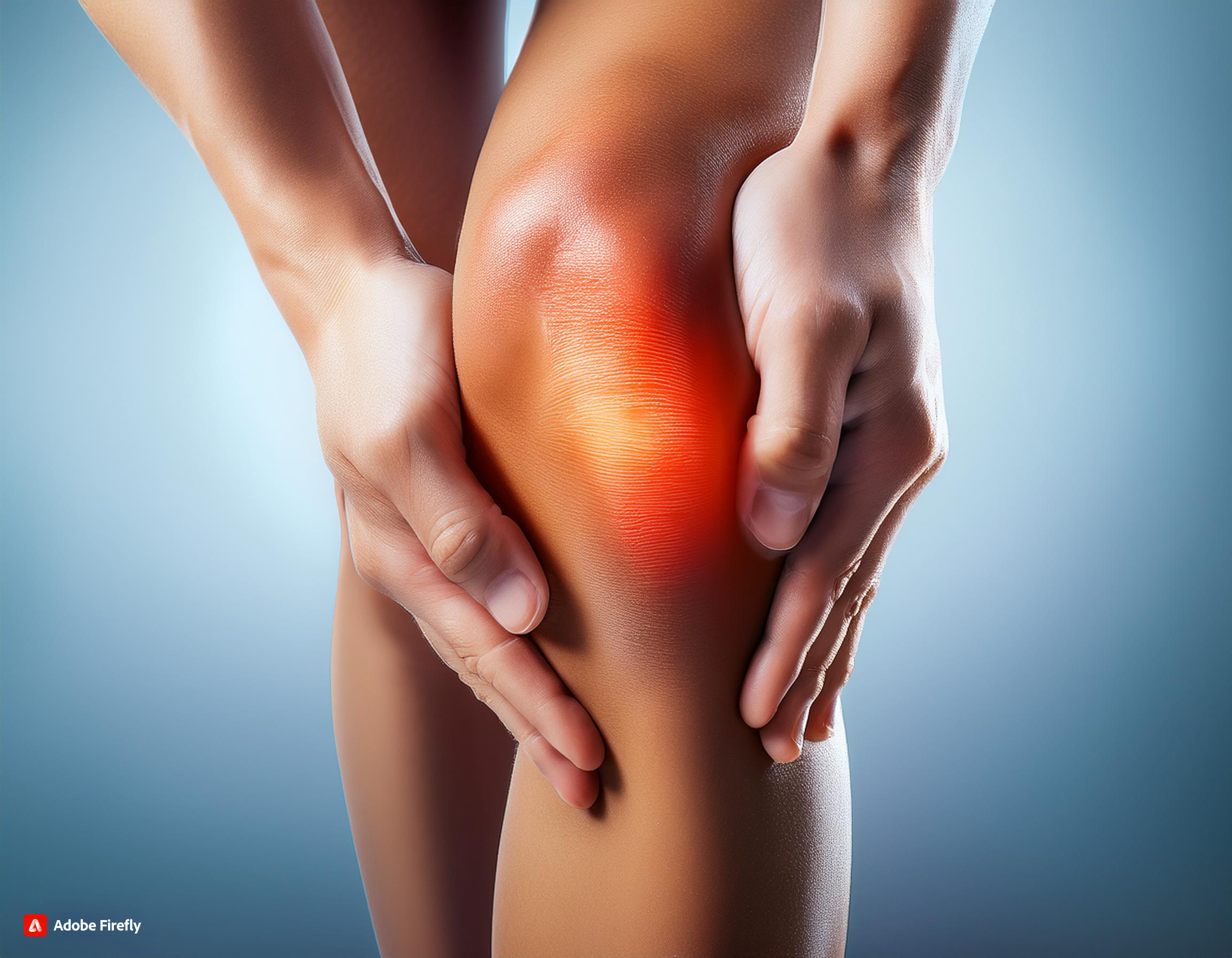Knee pain is a common ailment that affects people of all ages and backgrounds. It can strike suddenly or develop gradually, leaving individuals grappling with discomfort, reduced mobility, and a diminished quality of life. While there are numerous types of knee pain, one particular concern that often goes unnoticed is the discomfort experienced when trying to straighten the knee. This article delves into the intricacies of knee pain when the leg is fully extended, uncovering eight potential causes and outlining effective treatment strategies for each.

A knee that refuses to fully extend can be a source of immense frustration. The inability to straighten the leg not only limits one’s ability to perform everyday tasks but also casts a shadow on physical activities, from walking and climbing stairs to engaging in sports and exercise. Understanding the underlying reasons for this specific type of knee pain is crucial in order to alleviate discomfort and regain full function.
Check out our Knee Pads for Comfort and Relief
Throughout this comprehensive guide, we will explore the diverse range of factors that can lead to knee pain when attempting to straighten the leg. These causes encompass a broad spectrum of conditions, from acute injuries and overuse to chronic illnesses and degenerative changes. We will provide an in-depth look at each cause, shedding light on its symptoms, diagnostic methods, and, most importantly, the various treatment options available.
While some cases may necessitate professional medical intervention, others may be effectively managed through conservative measures, such as physical therapy, exercises, and lifestyle adjustments. It is our aim to equip you with the knowledge and guidance needed to identify the source of your knee pain and empower you to take proactive steps towards recovery.
As we journey through the eight potential causes of knee pain when straightening the leg, we will offer insights into the latest advancements in medical science and physical therapy, highlighting the importance of early detection and proactive management. By the end of this article, you will have a clearer understanding of the causes of your knee pain, and the tools to explore treatment options, whether they be surgical, non-invasive, or a combination of both.
Remember, knowledge is the first step towards relief, and we are here to guide you on your path to a pain-free, fully extended knee, restoring your freedom of movement and enhancing your overall well-being.
1. Ligament Strain
Ligament strains are a common cause of knee pain when attempting to straighten the leg. The knee joint is stabilized by four main ligaments: the anterior cruciate ligament (ACL), posterior cruciate ligament (PCL), medial collateral ligament (MCL), and lateral collateral ligament (LCL). A sudden injury or repetitive stress on the knee can lead to ligament sprains or tears, making it difficult to fully extend the leg.
Treatment: Mild strains can often be managed with rest, ice, compression, and elevation (RICE). More severe cases may require physical therapy or even surgical intervention to repair the damaged ligament.
2. Meniscus Tears
The menisci are two wedge-shaped cartilage pieces in the knee joint that act as shock absorbers and provide stability. A meniscus tear can hinder the smooth movement of the knee, causing pain when trying to straighten it.
Treatment: The treatment for meniscus tears varies depending on the size and location of the tear. Options include physical therapy, medication, and in some cases, arthroscopic surgery.
3. Patellar Tendonitis
Patellar tendonitis, often referred to as “jumper’s knee,” is an overuse injury that causes pain and inflammation in the tendon connecting the kneecap to the shinbone. This condition can restrict knee extension and create discomfort.
Treatment: Initial management includes rest, anti-inflammatory medications, and physical therapy. In severe cases, orthopedic interventions or minimally invasive procedures may be necessary.
4. Osteoarthritis
Osteoarthritis is a degenerative joint disease that primarily affects older individuals. It can lead to the breakdown of cartilage in the knee, resulting in pain, stiffness, and restricted knee extension.
Treatment: Management of osteoarthritis typically involves a combination of pain relief medication, physical therapy, and lifestyle modifications. In advanced cases, surgical procedures like knee replacement may be recommended.
5. Rheumatoid Arthritis
Rheumatoid arthritis is an autoimmune condition that causes inflammation and pain in the joints, including the knee. This can lead to a reduced range of motion and difficulty straightening the leg.
Treatment: Treatment for rheumatoid arthritis involves medication to manage inflammation, physical therapy, and in some cases, surgical intervention to correct joint deformities.
6. Bursitis
Bursae are fluid-filled sacs that cushion the knee joint. Inflammation of these bursae, known as bursitis, can lead to pain and limited knee extension.
Treatment: Rest, ice, anti-inflammatory medications, and physical therapy are the primary treatments for bursitis. In some cases, aspiration to remove excess fluid or corticosteroid injections may be necessary.
7. Gout
Gout is a form of inflammatory arthritis caused by the buildup of uric acid crystals in the joints. It can lead to excruciating pain, swelling, and restricted knee movement.
Treatment: Medications to lower uric acid levels, dietary changes, and lifestyle modifications are typically used to manage gout. In acute cases, anti-inflammatory drugs may be prescribed.
8. Osgood-Schlatter Disease
Osgood-Schlatter disease is a condition that primarily affects adolescents and causes pain, swelling, and a bony bump just below the kneecap. It often makes it painful to fully extend the knee.
Treatment: Management of Osgood-Schlatter disease includes rest, ice, knee braces, and physical therapy. In most cases, the condition resolves as the child grows.
In conclusion, knee pain when attempting to straighten the leg can have a multitude of underlying causes, each requiring a tailored approach to treatment. It is essential to consult a healthcare professional for an accurate diagnosis and personalized treatment plan. With the right guidance, you can overcome the discomfort and regain full knee function, restoring your ability to perform daily activities and enjoy an active, pain-free life.





